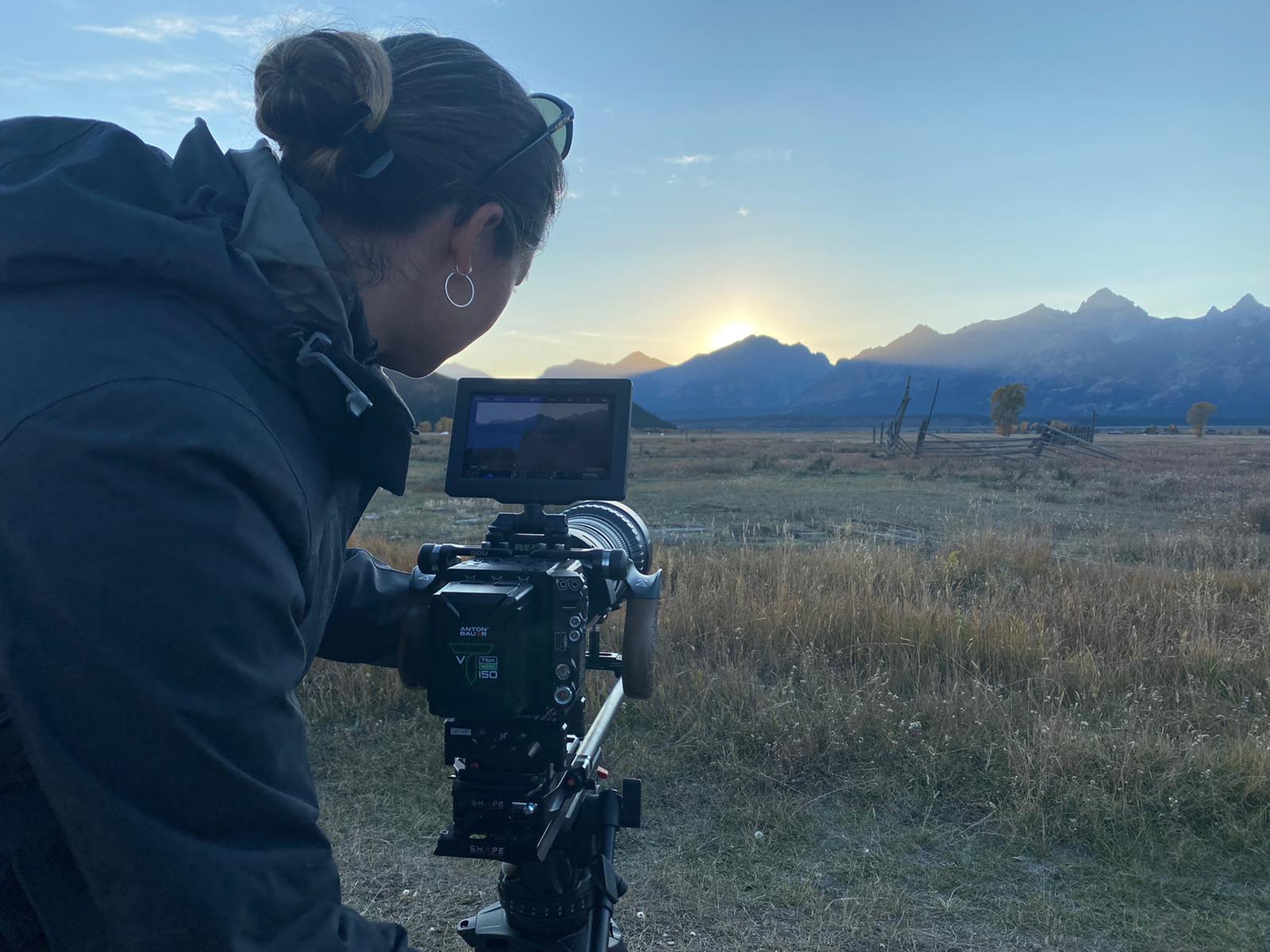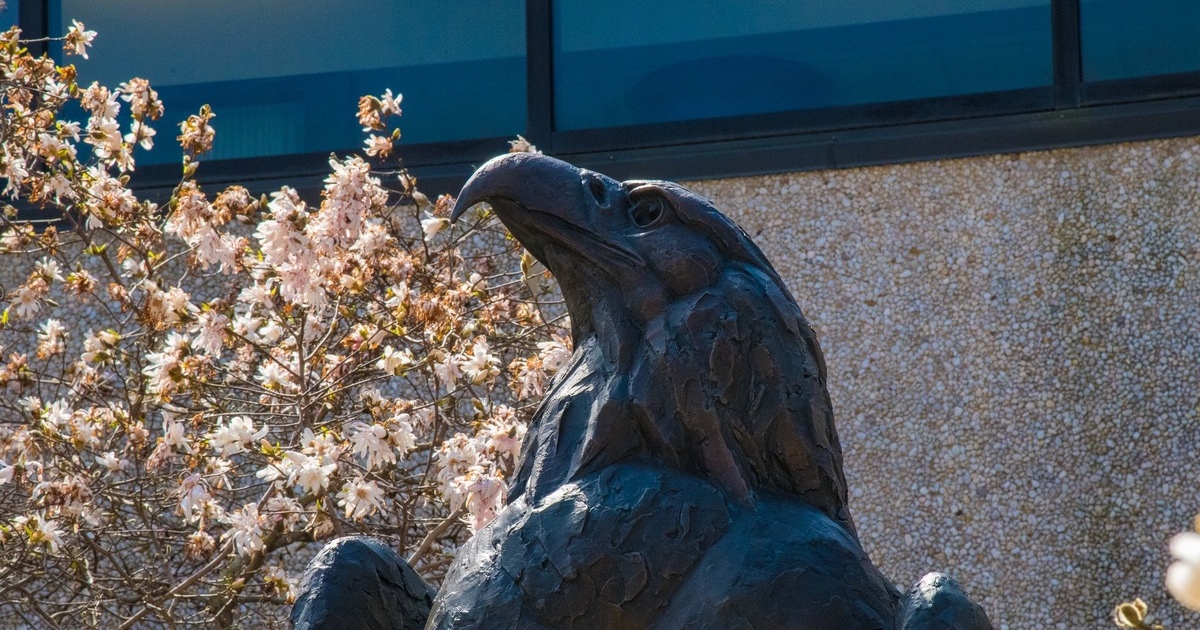

In October, American University announced sustainability as a new area of focus in the Changemakers for a Changing World strategic plan, formalizing AU’s commitment to this complex issue. AU is the first urban campus, the first research university, and the largest higher education institution in the United States to achieve carbon neutrality. As part of this commitment, in 2020 the university divested all public fossil fuel investments from its endowment and has accepted this challenge by dedicating 2022 as AU’s Year of Climate Action. AU strives to be a leader in sustainability—through research, education, and action.
The Center for Environmental Filmmaking (CEF) in AU’s School of Communication is putting this vision into action. One of the world’s leading environmental film programs, CEF advances filmmaking, photography, and media to raise awareness, promote solutions, and mobilize movements to effect change. Maggie Burnette Stogner, award-winning documentary filmmaker and media arts professor, leads CEF as its executive director.
Engaging people through empathy is at the core of CEF’s work, recognizing that empathy empowers people, catalyzes community and civic engagement, and leads to change—on campus, in town, across the US, and around the globe. “It doesn’t matter what side of politics you’re on. We still care about things in common, like our children—and making sure they live in healthy areas and have a future on this planet,” says Stogner.

CEF Alumnae Grace Eggleston and Beth Ebisch working with CEF MFA Candidate Jess Wiegandt on her thesis about the James River Headwaters.
Stogner believes that innovation happens at the intersections of collaborations. As a result, CEF regularly collaborates across campus with AU’s Center for Environmental Policy (CEP) and the College of Arts and Sciences departments, as well as off-campus with countless local, regional, and national organizations. For example, Stogner helped plan AU’s Seeing Climate Change, a cross-disciplinary symposium held in November, and is eager to work with AU’s Center for Environment, Communication, and Equity when it launches in mid-2022. Unbreathable: The Fight for Healthy Air, produced in collaboration with CEP and the American Lung Association, highlights 50 years of the Clean Air Act interwoven with stories of community action for healthier air. The 30-minute film premiered last year, has screened at many events, conferences, and festivals, including the recent United Nations Association Film Festival, and continues to reach and resonate with audiences worldwide.
CEF does not just talk the talk. One of the center’s associate directors and professors, Larry Engel, developed a green code for sustainable filmmaking, ensuring that CEF’s commitment starts at home. “If we can’t start making films with a lighter footprint, who are we to say anything,” noted Stogner on Engel’s foresight.
It’s empathy that connects us…and it’s that connection that leads to change…With so much at stake, we must accelerate—change can’t wait.
With our Year of Climate Action and the 50th anniversary of the Clean Water Act approaching, CEF embarks on a new project, Upstream, Downriver. CEF is partnering again with CEP, as well as American Rivers and the Clean Water for All consortium. The documentary project will include a core film plus a constellation of short videos that capture diverse perspectives and voices that inspire change.
CEF’s work is not possible without philanthropy. The center seeks critical endowment support, along with funding to expand equity and representation in environmental filmmaking and science communication fields, bolster experiential learning, and provide career-building opportunities. Additionally, CEF needs support to convene scientists and storytellers, advance research, and underwrite compelling film projects like Upstream, Downriver, which is not yet fully funded.
Stogner is hopeful that with critical funding, CEF can continue to create powerful storytelling and build empathy because, “it’s empathy that connects us . . . and it’s that connection that leads to change…With so much at stake, we must accelerate—change can’t wait.”
To support AU’s Center for Environmental Filmmaking and its critical work, click here.



